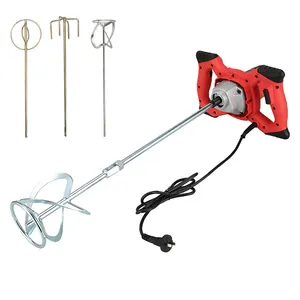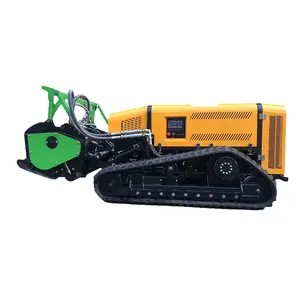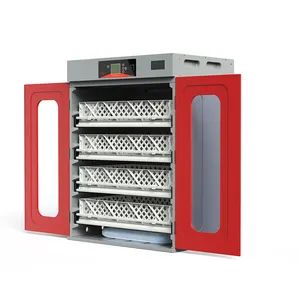Popular in your industry






































































Related Searches:











































































































































Top categories
About ld printer
3D printers are an innovation in the field of printing technology that has revolutionized the way people can create three-dimensional objects. The Creality LD-002H is a resin 3D printer with a sleek design that ensures accurate and highly detailed prints. It is equipped with a 2K monochrome LCD screen that significantly reduces exposure times, improving the overall efficiency of the printing process. The LD-002R features a sturdy and modular build, making it user-friendly and easy to set up. Its build volume of 119 x 65 x 160 mm offers a decent space for printing a variety of models. The LD-006 stands out among all the 3D printers for its ultra-high precision and accuracy that can reach up to 50 microns, making it a top choice for projects that demand intricate details. The LD-002R also offers a reliable and consistent performance, ensuring that users can achieve professional-quality prints consistently.
Types of 3D printers
3D printers are available in a variety of types, each catering to different user needs and preferences. Fused Deposition Modeling (FDM) printers, such as the Creality LD-002H, work by extruding melted thermoplastic material layer by layer to create objects. These printers are widely used due to their affordability and versatility. Stereolithography (SLA) and Digital Light Processing (DLP) printers are resin-based printers that use light to solidify liquid resin, enabling them to produce highly detailed and accurate prints. Selective Laser Sintering (SLS) and Selective Laser Melting (SLM) printers utilize lasers to sinter or melt powdered materials, offering the ability to print with metals and high-performance polymers. Binder Jetting printers create objects by selectively bonding powdered materials together, making them suitable for producing full-color models. Each type of printer has its unique advantages and applications, making it essential to choose the one that aligns with specific project requirements.
Materials of 3D printers
3D printers can utilize various materials to create objects, each with its specific characteristics and applications. Thermoplastics, including ABS and PLA, are commonly used in FDM printers due to their affordability, ease of use, and wide range of available colors. Resins, such as photopolymer resins used in SLA and DLP printers, offer high levels of detail and smooth surface finishes, making them ideal for producing prototypes and intricate models. Metals, like aluminum, titanium, and stainless steel, are utilized in metal 3D printers, enabling the production of functional components with high strength and heat resistance. Ceramic materials are also employed in ceramic 3D printers, allowing for the creation of complex ceramic parts for industries like aerospace and healthcare. Composites, which combine two or more materials to create enhanced properties, are used in advanced applications, such as carbon fiber composites for lightweight and strong parts. The choice of material plays a crucial role in determining the final properties and performance of the printed object, emphasizing the importance of selecting the appropriate material for the intended application.
Applications of 3D printers
3D printers have found widespread applications across various industries, showcasing their versatility and innovative potential. In the automotive sector, 3D printers are used to produce prototypes, custom parts, and even entire vehicles, streamlining the design and manufacturing processes. The healthcare industry benefits from 3D printing technology by enabling the creation of patient-specific medical implants, prosthetics, and surgical models, leading to personalized healthcare solutions. Architects and engineers utilize 3D printers to produce detailed architectural models, prototypes of mechanical components, and intricate structures that aid in visualization and testing. The aerospace industry leverages 3D printing for manufacturing lightweight and complex aircraft components, contributing to fuel efficiency and performance. In the consumer goods sector, 3D printers enable the customization of products, such as jewelry, footwear, and home decor items, catering to individual preferences. The education sector integrates 3D printers into the curriculum to enhance hands-on learning experiences and foster creativity among students. Artists and designers explore the artistic potential of 3D printing by creating sculptures, jewelry, and fashion pieces that push the boundaries of traditional craftsmanship. Research and development benefit from 3D printers in prototyping new technologies and exploring innovative solutions across various scientific fields. The broad range of applications underscores the transformative impact of 3D printers in driving innovation and shaping the future of multiple industries.













































